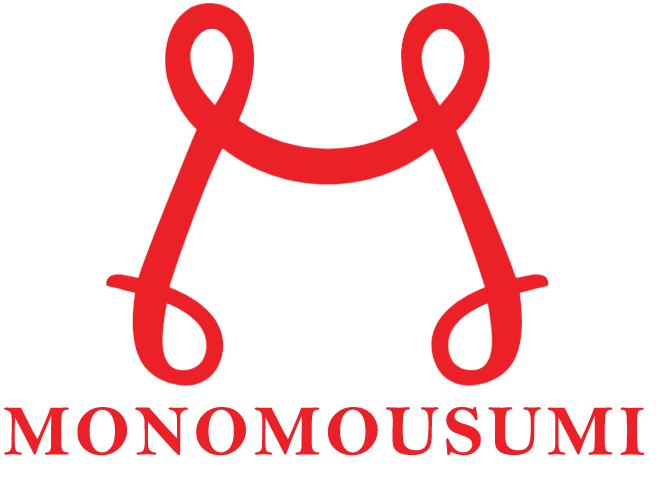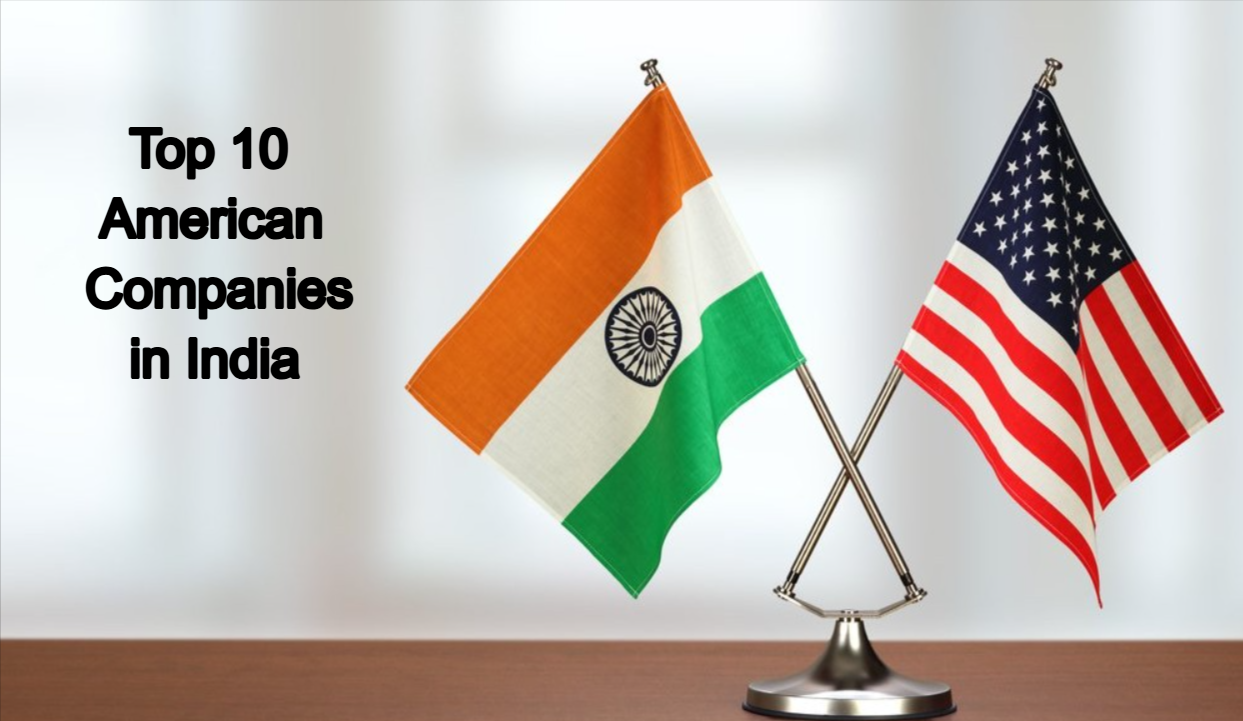Bata India, a subsidiary of the Swiss-based Bata Corporation, has been an iconic brand in India for more than 85 years. The brand is known for its value, quality and extensive retail outlets, Bata has been a leading player in the Indian marketplace for footwear, providing an extensive selection of shoes designed to meet the needs of a wide range of customers. From casual shoes for school and everyday clothes to formal footwear and sportswear, the Bata brand has been a symbol of trust and quality for the price. However, as India’s shoe market becomes more competitive and the preferences of consumers shift, Bata faces both opportunities and issues. This SWOT (Strengths weaknesses, Strengths, Opportunities, and Threats) analysis examines the Bata India’s present position and gives insight about its future prospects in the ever-changing market for footwear.
Strengths
1. Strong Brand Recognition and Customer Trust:
Bata has earned its place among the top reputable brand of footwear in India and is known for its sturdy affordable, comfortable, and comfortable footwear for a wide audience. Over time the brand has established an image of quality and value, which makes it a popular choice for Indian customers. This trust and respect for the brand provide Bata an advantage over other new players on the market.
2. Extensive Retail Network and Reach:
With more than 1,500 retail outlets throughout the nation, Bata has one of the biggest retail network in India’s shoe industry. This vast presence allows Bata to connect with customers who live in semi-urban, urban and even rural regions. Its broad reach across different areas makes it possible for Bata to reach a huge customer base and provides a significant brand recognition. In addition, Bata has made significant advances to cities in Tier 2 as well as Tier 3 cities, where brand footwear is becoming more popular which is increasing access.
3. Diverse Product Portfolio:
Bata provides a wide selection of footwear which includes formal shoes, school shoes, casual as well as sportswear and accessories. The brand is geared towards men and women as well as children at a variety of prices, allowing it to cater to different customer segments. Bata’s extensive product range that includes popular brands like Hush Puppies, North Star and Power allows it to take advantage of multiple markets and cater to the needs of a variety of consumers.
4. Strong Financial Backing and Operational Efficiency:
As an affiliate of a multinational corporation, Bata India benefits from strong financial support and global experience. Bata’s access resources along with economies of scale allows it to sustain prices that are competitive while also ensuring profit. Bata’s efficiency in operations and efficiency, which includes a more efficient production and supply chain have helped it stay robust even under difficult economic times.
Weaknesses
1. Limited Presence in the Premium Segment:
Despite its strong presence within the middle-range as well as budget segment, Bata has a limited presence in the premium footwear category. Bata’s ties to affordable footwear, though useful for mass appeal however, limits its ability to attract high-income buyers who would spend more money for expensive or designer shoes. This lack of appeal for the elite customers is an opportunity missed, particularly since India’s wealthy class continues to expand.
2. Overdependence on Brick-and-Mortar Stores:
Although Bata has a vast retail store network, its reliance on physical stores can be one of the potential drawbacks, especially when consumers shift their preferences towards online shopping. While Bata has taken steps to improve its digital presence, its eCommerce sales make up to a lesser percentage of its total revenue than traditional retail. This dependence on brick-and-mortar shops hinders Bata’s ability take advantage of the increasing demands for online shopping and connect with customers who are digitally-savvy.
3. Slow Pace of Innovation and Product Refresh:
Bata has come under fire for its slow rate of innovation in its products in comparison to rivals who frequently launch new designs, styles and limited-edition designs. Bata’s cautious approach could limit its appeal for younger customers who are looking for more trendy and varied options. To stay relevant, Bata needs to enhance its efforts to develop new products and adapt more quickly to new trends in the industry of footwear.
4. Perception as an Old-Fashioned Brand:
Despite the efforts for modernization, Bata continues to be thought of as an “old-fashioned” brand, primarily focused on functional and conservative designs. This is a problem for younger customers who prefer modern and trendy brands. Rebranding efforts and new merchandise lines are crucial in boosting Bata’s popularity to younger, fashionable customers.
Opportunities
1. Growth in Online Shopping and E-Commerce Expansion:
As India’s market for e-commerce is growing quickly, Bata has an opportunity to expand its online presence as well as capture the attention of digital buyers. Through investing on its own platform for e-commerce, and joining forces with top online marketplaces such as Amazon, Flipkart, and Myntra, Bata can reach the tech-savvy customers in rural and urban regions. In addition, expanding its online presence and utilizing data analytics for personalized marketing could assist Bata reach new segments of customers.
2. Rising Demand for Athleisure and Comfort Footwear:
The need for casual and trendy footwear is increasing, fueled by trends such as work-from-home fitness awareness, work-from-home, and lifestyle shifts. Bata’s current brands, including Power for athletic footwear and Comfit for its comfort-oriented designs can help profit from this trend. Through expanding its line of athleisure and comfort, Bata can appeal to people who are looking for a healthy everyday footwear that blends design and function.
3. The expansion in Cities in Tier 2 as well as 3 Cities: Tier 3 Cities:
With the rise of disposable incomes as well as an increasing preference for brand products in Tier 3 cities, Bata has a substantial potential for growth within these regions. Bata’s low cost and extensive retail networks give it an advantage when reaching out to customers in smaller cities. Through launching targeted marketing campaigns and adjusting its product offerings to meet regional tastes, Bata can further strengthen its presence in these lucrative markets.
4. Collaborations and Partnerships for Trendy Collections:
Working with influencers, designers and fashion companies to release limited-edition collections can assist Bata improve its brand’s appeal to younger buyers. Strategic partnerships to launch exclusive collections or fashionable merchandise lines can enhance Bata’s image as a modern and fashionable brand. Collaborations can also create excitement and bring in new customers who might not normally think of Bata with fashion.
Threats
1. Intense competition with Domestic Brands and International Brands:
Bata has to contend with fierce competition from local players such as Relaxo and Liberty as well as international brands such as Adidas, Nike, and Puma. In addition, newer players like Woodland, Metro Shoes, as well as international fast-fashion companies have introduced new options in India’s market for footwear. The competitive landscape demands Bata to keep up-to-date to stay competitive in pricing as well as invest money in its marketing to maintain the market’s share.
2. Changing Consumer Preferences and Demand for Sustainable Products:
Consumers, especially younger ones are becoming more looking for environmentally friendly or sustainable items. This trend is an issue for Bata as it has only a few options for sustainable footwear. Competitors that offer environmentally-friendly options may gain an advantage among eco-conscious customers. Bata must offer more sustainable materials environmentally friendly packaging, as well as transparent practices that are in line with the current trend.
3. Economic Slowdowns and Impact on Consumer Spending:
As a company that has an emphasis on the segment that is affordable, Bata is particularly sensitive to economic cycles. The effects of inflation, slowdowns in the economy or unemployment could decrease discretionary spending, which can impact the demand for shoes. Economic uncertainty can also raise operating costs, particularly with increasing input costs for products like rubber, leather as well as synthetic fibres. Controlling these costs and ensuring affordability is vital for the financial stability of Bata.
4. Regulatory Challenges and Compliance Costs:
The industry of footwear is a major industry in India has to comply with various regulations, which include product requirements for the quality of products, limitations on imports and tax regulations. Any change in the regulatory policy or the need for compliance can influence the operations of Bata. Additionally it is possible that there is a possibility that the Indian government has placed restrictions on the import of certain products, which may impact Bata’s supply chain as well as production costs if they are not addressed in a proactive manner.
Future Outlook
The future prospects for Bata India is optimistic, due to its market leadership with brand recognition and extensive retail network. As the Indian market for footwear expands, due to increasing incomes, urbanization and lifestyle changes, Bata is well-positioned to draw in rural and urban customers. The company’s presence in the market of affordable shoes gives it an advantage in attracting price-conscious consumers and its broad range of products lets it cater to an array of styles and preferences.
To capitalize on the latest developments, Bata must strengthen its E-commerce capabilities and grow its presence online. With more people purchasing online making investments in marketing through digital channels, personalised advertisements, and a user-friendly website is crucial. Bata’s recent efforts to move towards digital transformation are a sign of its commitment to this field, but it is essential to continue investing to retain and attract customers who are digital-first.
Bata’s emphasis on athleisure, casual and comfort footwear is also in line with current consumer trends. The expansion of its line of athleisure and comfort shoes will allow Bata to satisfy the needs of people who are conscious of their health and lifestyle. Furthermore, increasing the presence of Bata in the Tier 2 as well as Tier 3 cities with new outlets for retail and franchises will assist Bata access markets that aren’t being explored, and with great potential for growth.
Yet, Bata must address challenges that concern brand perception as well as sustainability, competition, and brand perception. Modernizing its image as a brand and launching fashion-forward, trendy collections is essential to boost its appeal with younger buyers. Collaborations with influencers, designers or other fashionistas could further improve the image of Bata as well as make the brand more appealing to fashionable customers.
Insisting on eco-friendly and sustainable products will be crucial since consumers are becoming more conscious of their environment. With the introduction of more sustainable shoe designs, recyclable packaging and ethical practices for sourcing, Bata will be able to align itself with the latest trends in sustainability around the world as well as appeal to environmentally conscious customers.
In the end Bata’s strengths are in trust and brand credibility and retail presence, as well as wide range of products allow it to take advantage of growth opportunities in India’s rapidly changing footwear market. With a focus on sustainability, digital transformation and innovation in product design, Bata can adapt to evolving consumer trends and guarantee the long-term future of its business. By balancing affordable pricing, contemporary design, and sustainable development, Bata India is well-prepared to meet challenges and consolidate it’s position as a top brand in footwear.



